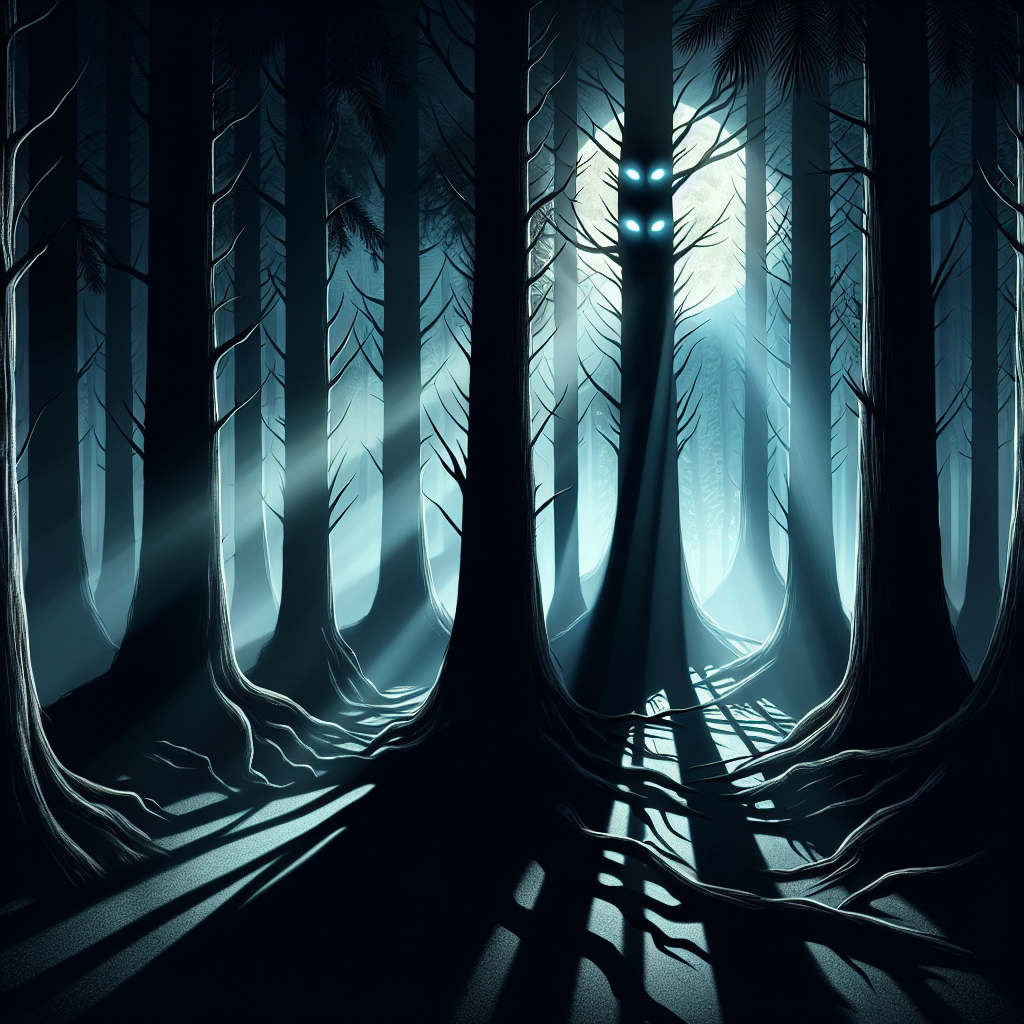Understanding the Haze: A Deep Dive into Werewolf Romance's Most Intoxicating Phenomenon
In the realm of paranormal romance, few concepts have captured readers' imaginations quite like "the Haze." This supernatural phenomenon, which transforms rational werewolves into creatures driven by pure instinct, has become a defining element of modern shifter fiction. But what exactly is the Haze, and why has it become such a powerful storytelling device?
What Is the Haze?
The Haze represents a heightened state of primal arousal experienced by werewolves and other shapeshifters, first popularized in Sapir Englard's phenomenally successful series The Millennium Wolves. Think of it as an intensified, supernatural version of mating season—but with far more dramatic consequences.
At its biological core, the Haze is a surge of pheromones triggered by lunar cycles or contact with other affected creatures. This chemical reaction fundamentally alters behavior and consciousness, creating a state where primal desires override rational thought. Unlike a simple bout of attraction, the Haze represents a complete surrender to one's most basic instincts.
The Collective Experience
What makes the Haze particularly fascinating is its potential for collective manifestation. In The Millennium Wolves, entire packs can simultaneously fall under its influence, creating a powder keg of supernatural desire and tension. This collective aspect transforms individual struggle into pack-wide chaos, raising the stakes dramatically for protagonists trying to maintain control.
The Physical and Emotional Transformation
When a werewolf experiences the Haze, the changes are both immediate and overwhelming. The transformation encompasses multiple dimensions of their being:
Physical Changes
- Enhanced sensory perception that makes every touch, scent, and sound more intense
- Increased strength, speed, and agility that can lead to unpredictable behavior
- Potential shapeshifting as the line between human and wolf form blurs
- Heightened physical responsiveness to stimuli and attraction
Emotional and Mental Effects
The psychological impact proves even more profound than the physical changes. Werewolves under the Haze's influence experience:
Overwhelming desire that makes rational decision-making nearly impossible. Take Sienna, the protagonist of The Millennium Wolves, who struggles to maintain her virginity while battling not only her own transformed state but also the advances of other pack members similarly affected.
Loss of inhibitions that strips away social conditioning and personal boundaries, often leading characters into situations they would normally avoid.
Intensified emotions including passion, aggression, and possessiveness that can create both incredible romantic tension and dangerous situations.
The Psychology of Lost Control
Primal Instincts Override Reason
During the Haze, the careful balance between human consciousness and wolf nature tips dramatically toward the animalistic side. The urges to hunt, mate, and defend territory become irresistible compulsions rather than manageable impulses. This creates internal conflict as characters struggle against their own transformed nature.
The Contagion Effect
Perhaps most intriguingly, the Haze can spread through pheromone transmission. When a powerful pack member—particularly an Alpha—enters this state, their chemical signals can trigger similar responses in others. This "emotional contagion" creates cascading effects that can engulf entire communities, making individual resistance even more challenging.
Cross-Species Impact
The phenomenon doesn't limit itself to werewolves. In Alpha of the Millennium, readers discover how the Haze affects other supernatural races, though not always in the same way. Some experience confusion, others euphoria, creating complex dynamics in mixed supernatural communities.
Central Themes in Haze-Driven Narratives
Forbidden Desire and Taboo Romance
The Haze serves as a powerful catalyst for relationships that defy social norms and expectations. It creates scenarios where characters must confront desires they might otherwise suppress, leading to passionate encounters that challenge established boundaries between species, social classes, or pack hierarchies.
Erotic Tension and Sensuality
The phenomenon naturally amplifies physical attraction and romantic chemistry. Scenes involving the Haze are characterized by intense sensory descriptions and heightened physical responses, creating an atmosphere of barely contained passion that keeps readers thoroughly engaged.
Consider the pivotal scene in Millennium Wolves Book 1 where Alpha Aiden, overwhelmed by the Haze, corners Sienna and marks her as his own. This moment exemplifies how the phenomenon can force characters into defining moments that reshape their relationships permanently.
Internal Conflict and Character Development
The struggle between human consciousness and animal instinct provides rich material for character development. Protagonists must grapple with questions of identity, control, and moral responsibility while navigating overwhelming physical and emotional impulses.
Transformation as Metaphor
Beyond its literal effects, the Haze functions as a metaphor for self-discovery and acceptance. Characters often emerge from these experiences with greater understanding of their true nature and deeper connections with romantic partners who accept all aspects of their dual identity.
Literary Origins and Evolution
Historical Foundations
The concept draws from centuries of werewolf folklore across cultures worldwide. Traditional stories often featured humans struggling with their beast nature, typically triggered by lunar cycles or supernatural curses. These tales established the fundamental tension between civilization and savagery that modern romance authors have refined and romanticized.
Modern Development
Early literary werewolves in works by Clemence Housman and Alexandre Dumas established themes of transformation and animalistic desire that would later influence romance writers. The genre's evolution through horror authors like Bram Stoker and Stephen King added psychological complexity that contemporary paranormal romance has embraced and transformed.
The emergence of werewolf romance as a distinct subgenre, championed by authors like Patricia Briggs and J.R. Ward, created the perfect environment for concepts like the Haze to flourish. These writers demonstrated how supernatural elements could enhance rather than overshadow romantic relationships.
Why the Haze Resonates with Readers
The Haze phenomenon succeeds because it externalizes internal conflicts that resonate with human experience. The struggle between desire and restraint, the fear of losing control, and the longing to be accepted for one's true nature are universal themes that find powerful expression through this supernatural lens.
Additionally, the concept provides authors with a versatile plot device that can create instant tension, drive character development, and facilitate both romantic encounters and dramatic conflicts. Its flexibility allows for exploration of themes ranging from consent and agency to identity and transformation.
The Haze has become more than just a plot element—it's a sophisticated metaphor for the complexity of desire, the challenge of self-control, and the transformative power of accepting one's complete nature. As paranormal romance continues to evolve, concepts like the Haze demonstrate how supernatural elements can illuminate the most fundamentally human experiences of love, desire, and personal growth.
💝 Ready to Explore More Romance?
If you enjoyed this article about Werewolf writing, discover thousands of captivating love stories on our platform.
Download App







